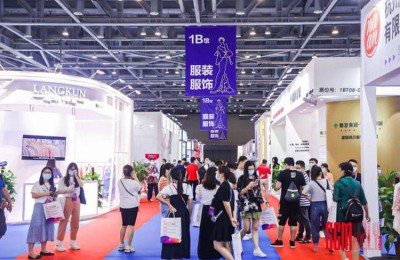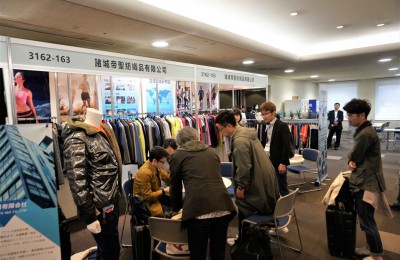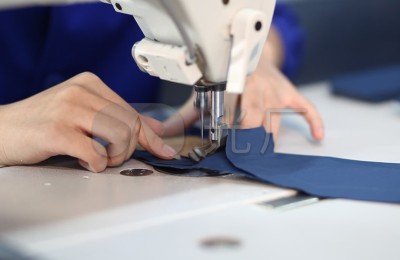Waterproof Oxford fabric is a commonly used fabric for tents, bags and other outdoor products. There are various testing methods for waterproof oxford fabrics. The editor will only give a brief introduction to the most commonly used methods with the most accurate testing results.
At present, the most commonly used testing methods for waterproof Oxford fabrics at home and abroad include the American Society for Testing and Materials standard water vapor pouring cup method in Japan Industry standard testing methods.

All coated or laminated fabrics are secured to the support frame with rubber rings, with the coated or laminated side facing outwards . The installation of the sample support system shall be subject to being able to float in a water tank with a water temperature of 23°C. After testing the quality of the test cup (including sample, desiccant and film) with the film facing upwards, quickly turn the test cup upside down and place it into the sample holder. This assembly method is placed in a constant temperature device of 30℃±2℃. After 15 minutes, take the test cup out of the thermostatic device, turn it upside down and measure its weight. The above are the most practical methods for testing waterproof oxford fabrics at home and abroad. Most waterproof oxford fabrics that pass these testing methods can achieve waterproof and moisture-proof effects.
The United States has always been in a leading position in the waterproof fabric industry, and the country’s market is also very large, and the data tested by this method are relatively Higher, the ASTM standard naturally becomes the most commonly used method. Most customers now use this method for testing. The test principle of the water vapor inverted cup method is to cover the fabric to be tested on a breathable cup filled with distilled water, fix it and turn it upside down, weigh it with a top-loading balance with an accuracy of 0.001g, and place it in the position of the wind tunnel row. superior. Before the cup enters an environmental chamber with a temperature of 23°C, a relative humidity of 50%, and a wind speed of 2.5m/s for weighing, record the temperature and relative humidity of the environment. The weight of each cup and the time it took to weigh it were recorded. Record the weight at 3h, 6h, 9h, 13h, 23h, 26h, and 30h, and use the formula wvt=24*△m/(s*t) to calculate the water vapor transfer rate. The average value of 6 samples is used as the test result. The average value is multiplied by 24 and converted to the result in g/m2*24h.
The textile fabric of waterproof oxford fabric has the properties of oil repellency, water repellency and water pressure resistance. The method with the highest test results for this fabric is jis l-1099 b1, b2
Japanese industrial standard testing. Test principle as a desiccant. Hoop the PTFE film on the plastic cup with a rubber ring to create a water vapor permeable cup. Before wrapping the film on the cup, put enough liquid into the water vapor-permeable cup to fill about 2/3 of the cup’s volume. Take 3 samples of 20cm*30cm square from each fabric. Each sample is placed on a test support frame.

24-hour customer service hotline: If you are interested in or have questions about Suzhou Textile Co., Ltd.’s Oxford cloth products, please contact the online customer service on the web page, leave a message, or call the toll-free hotline : 400-8379793, to meet all your needs with the most dedicated service! </p






